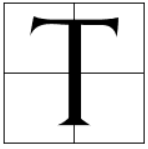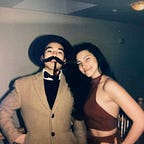Ancient Rome: How to Stop a Riot
History may not repeat itself, but it does rhyme…
Psychology of Riots
The masses have never thirsted after truth. Whoever can supply them with illusions is easily their master; whoever attempts to destroy their illusions is always their victim. — Gustave Lebon
 Typically, riots are seen as non-rational and rioters as animal-like. In Gustave Lebon’s The Crowd in 1895, he portrays the “crowd mentality” as similar to an infection. As such, this infection causes individuals to act impulsively. Thus, Lebon calls these people “primitive beings.”
Typically, riots are seen as non-rational and rioters as animal-like. In Gustave Lebon’s The Crowd in 1895, he portrays the “crowd mentality” as similar to an infection. As such, this infection causes individuals to act impulsively. Thus, Lebon calls these people “primitive beings.”
Lebon labels three processes to create the psychological crowd:
i) Anonymity
ii) Contagion
iii) Suggestibility
Anonymity provides rational beings a lack of sense of responsibility and invincibility.
Contagion refers to the spread of behaviors in a crowd, where people sacrifice their individual responsibility.
Suggestibility is where the group’s most influential members control the crowd.
